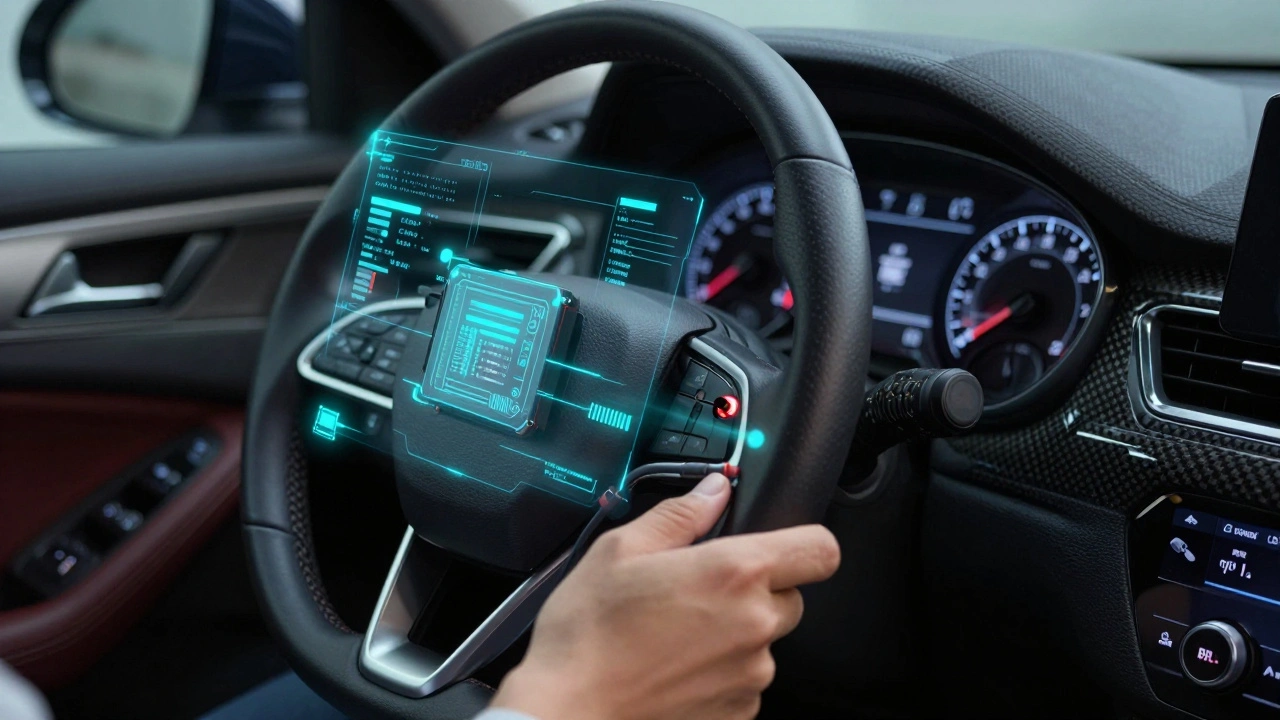Car Parts History: How Automotive Components Evolved Over Time
When we talk about car parts history, the development of vehicle components from the first gasoline engines to today’s computer-controlled systems. Also known as automotive component evolution, it’s the story of how every bolt, belt, and sensor got smarter, stronger, and more reliable over more than a century. The first cars didn’t have alternators, ABS, or electronic fuel injection. They had carburetors, manual clutches, and steel springs that rattled over cobblestone roads. What we now take for granted—like brake pads that last 50,000 miles or timing belts that don’t snap without warning—was once a dangerous gamble.
Early OEM parts, parts made by the original vehicle manufacturer to exact factory specs. Also known as genuine parts, it were the only option back then. If your Model T’s spark plug failed, you bought it from Ford. No alternatives existed. That changed in the 1950s when independent shops started making aftermarket parts, components made by third-party companies to fit vehicles not made by the original manufacturer. Also known as replacement parts, it—cheaper, sometimes better, and always more available. By the 1980s, aftermarket brake rotors and air filters were common. Today, you can choose between OEM, premium aftermarket, or budget clones. The choice isn’t just about price—it’s about how much you trust the history behind each part.
The evolution of car parts didn’t happen in a vacuum. It was pushed by safety laws, emissions rules, and consumer demand. Airbags didn’t appear because someone thought they looked cool—they were forced by federal mandates after crash tests showed how deadly unrestrained impacts could be. Catalytic converters? They weren’t optional after the Clean Air Act. Even something as simple as a radiator cap changed: old ones vented steam and coolant into the air. Modern ones are sealed, pressurized systems that keep coolant in and contaminants out. These aren’t just upgrades—they’re survival features born from real-world failures.
Today’s car parts are more connected than ever. Sensors monitor everything from tire pressure to engine oil quality. Software updates fix bugs in transmission control modules. But none of this would exist without the foundation laid by decades of trial, error, and innovation. The alternator you replaced last year? It replaced the dynamo. The fuel injector you cleaned? It replaced the carburetor. The battery you tested? It’s lighter, more powerful, and lasts longer than the ones from the 1970s. Each change was small, but together they transformed how cars work—and how we maintain them.
What you’ll find below is a curated collection of posts that trace this journey. You’ll see how early engineers solved problems with brute force, how modern manufacturers rely on data, and how you can use this history to make smarter choices when replacing parts today. Whether you’re fixing an old pickup or upgrading a new EV, knowing where these parts came from helps you understand where they’re going.

Car Parts: A Journey Through Their Fascinating History
- 14 Comments
- Oct, 27 2025
Explore the surprising evolution of car parts from hand-fitted brass components to modern electric systems and 3D-printed replacements. Learn how innovation transformed repair, manufacturing, and ownership.




